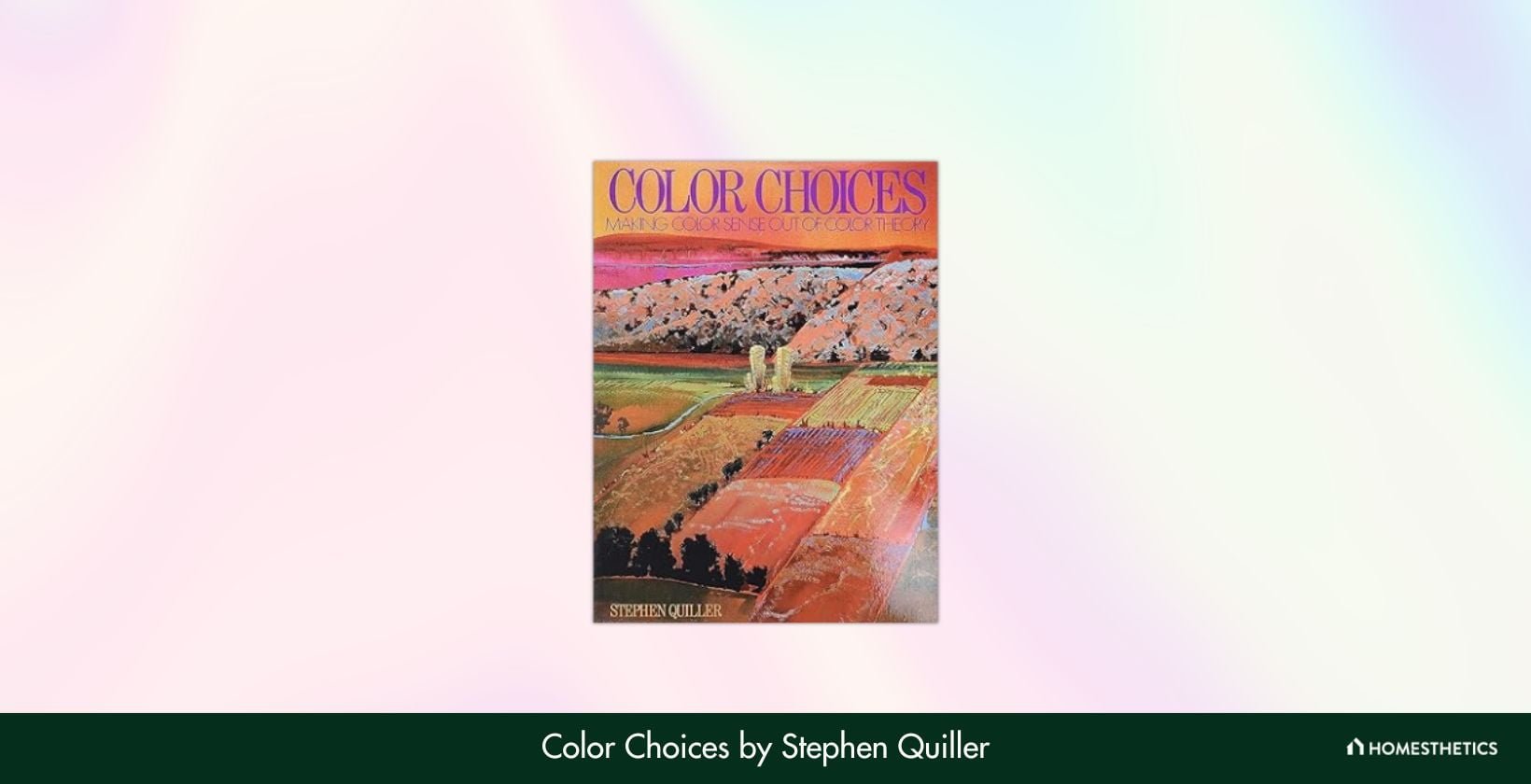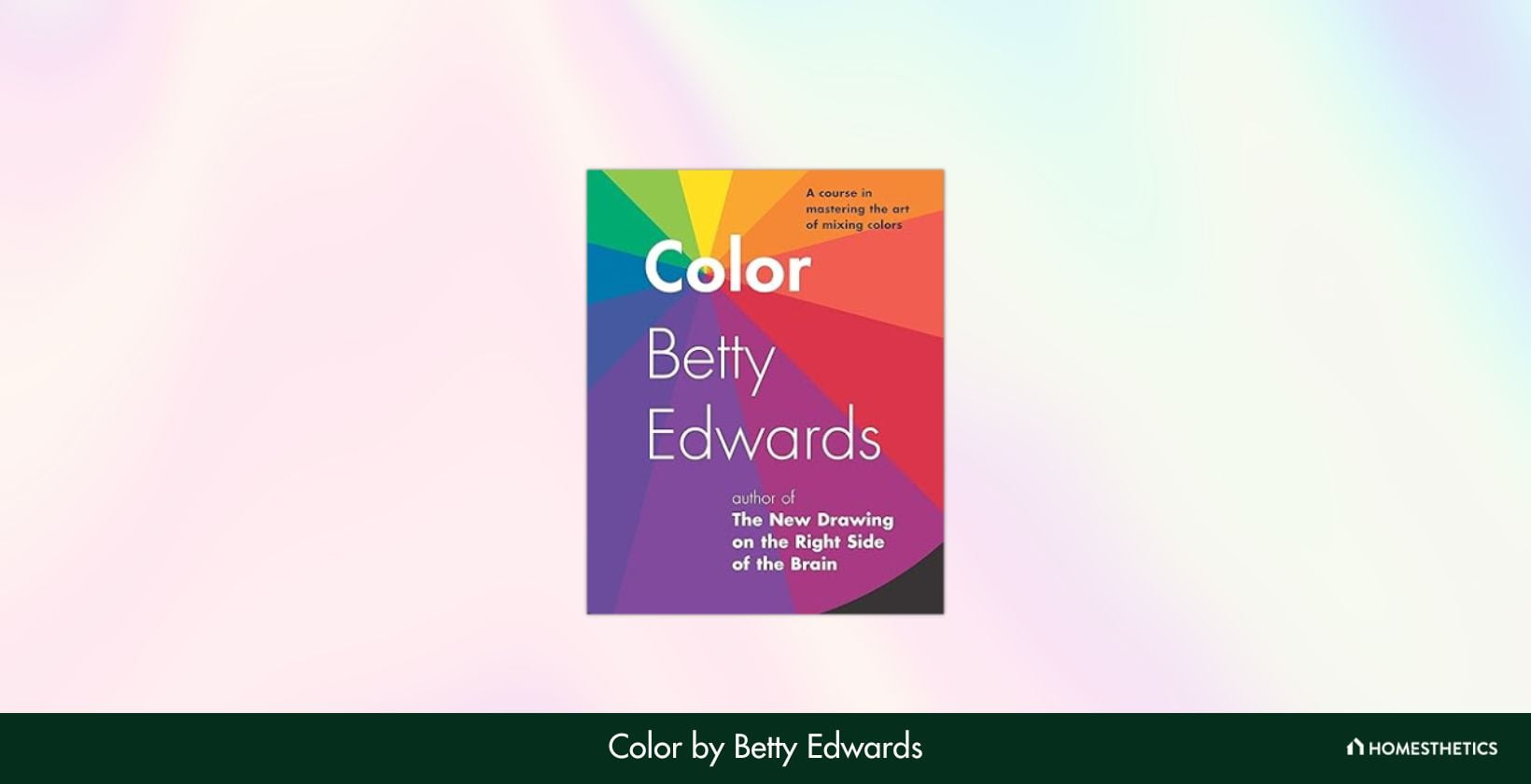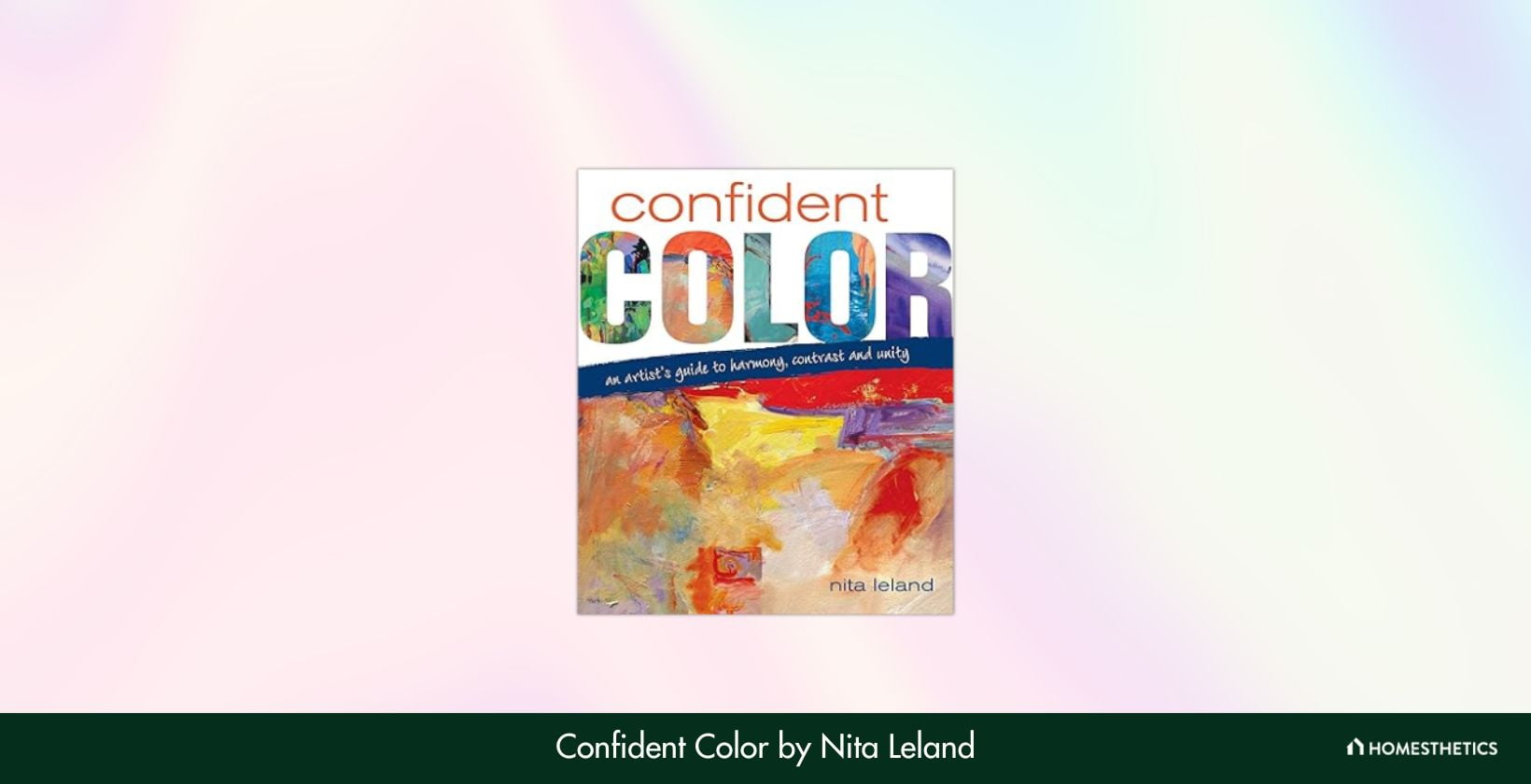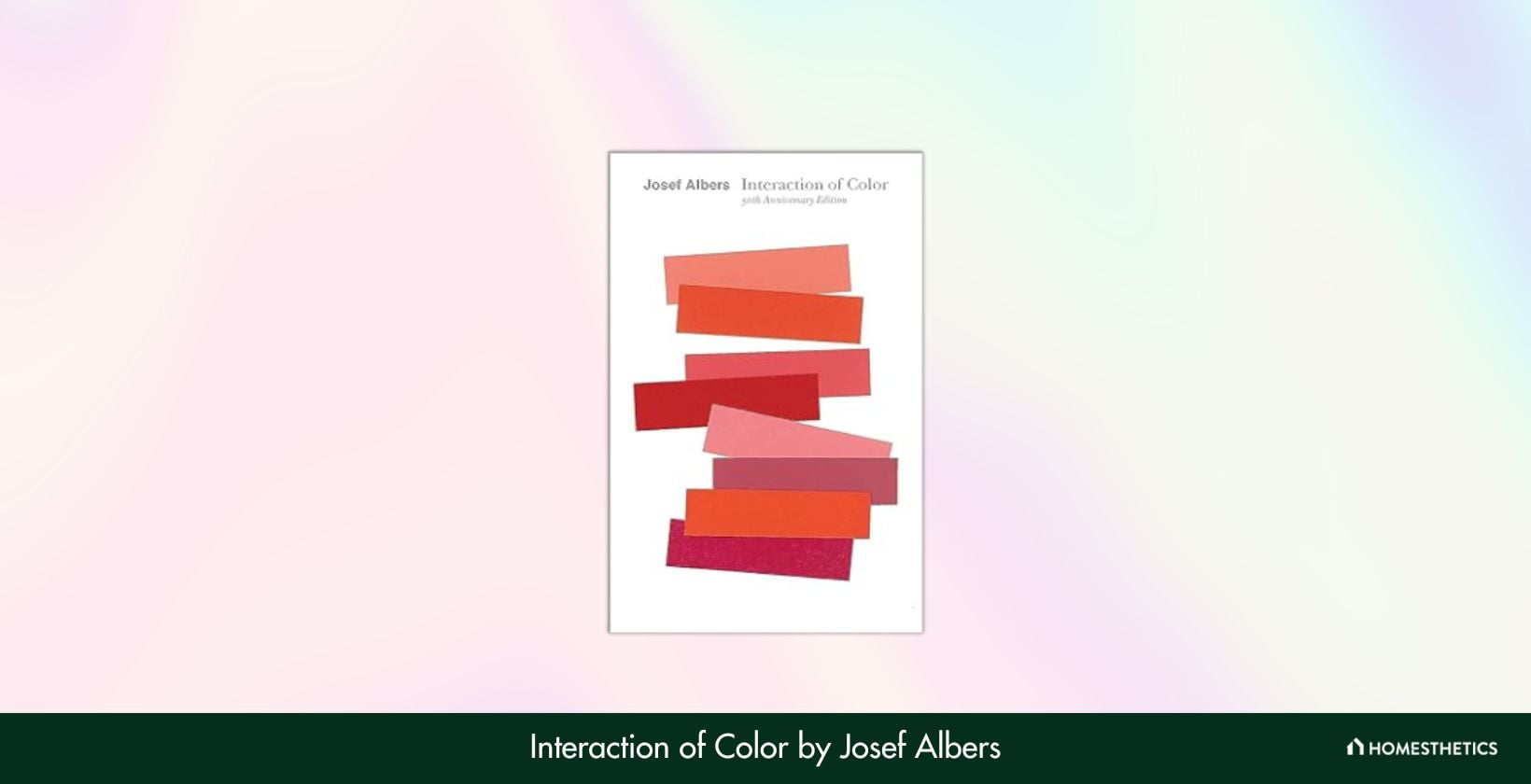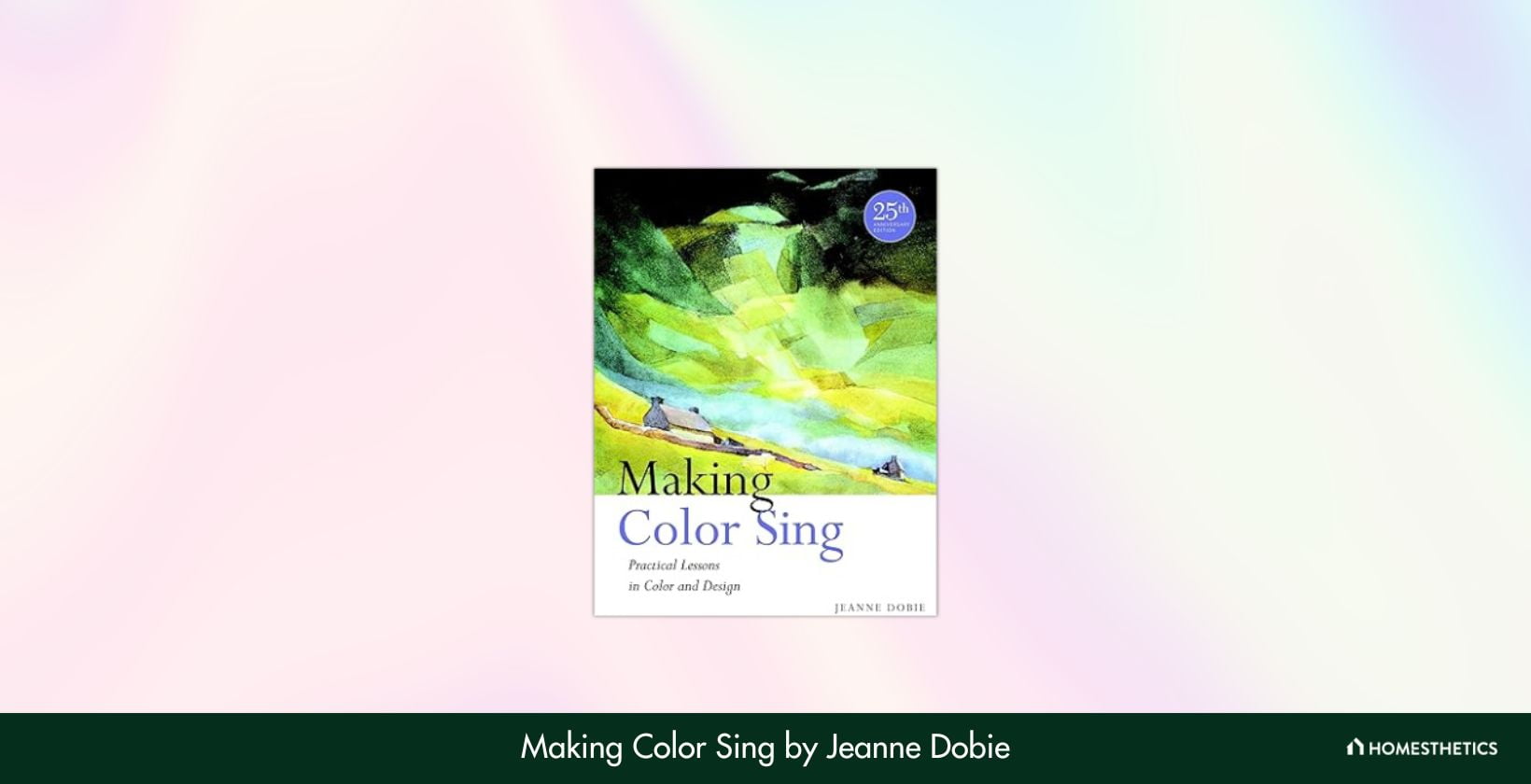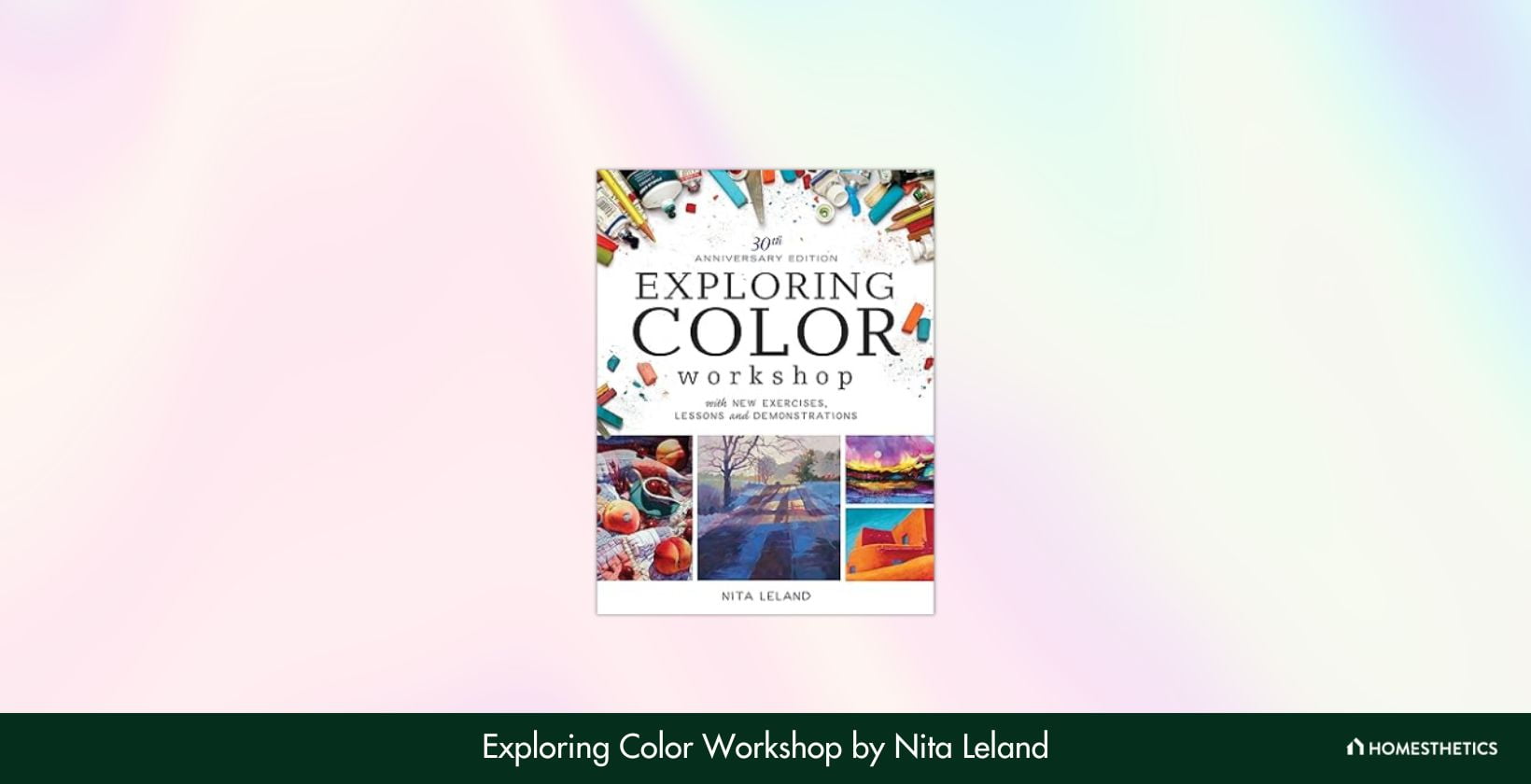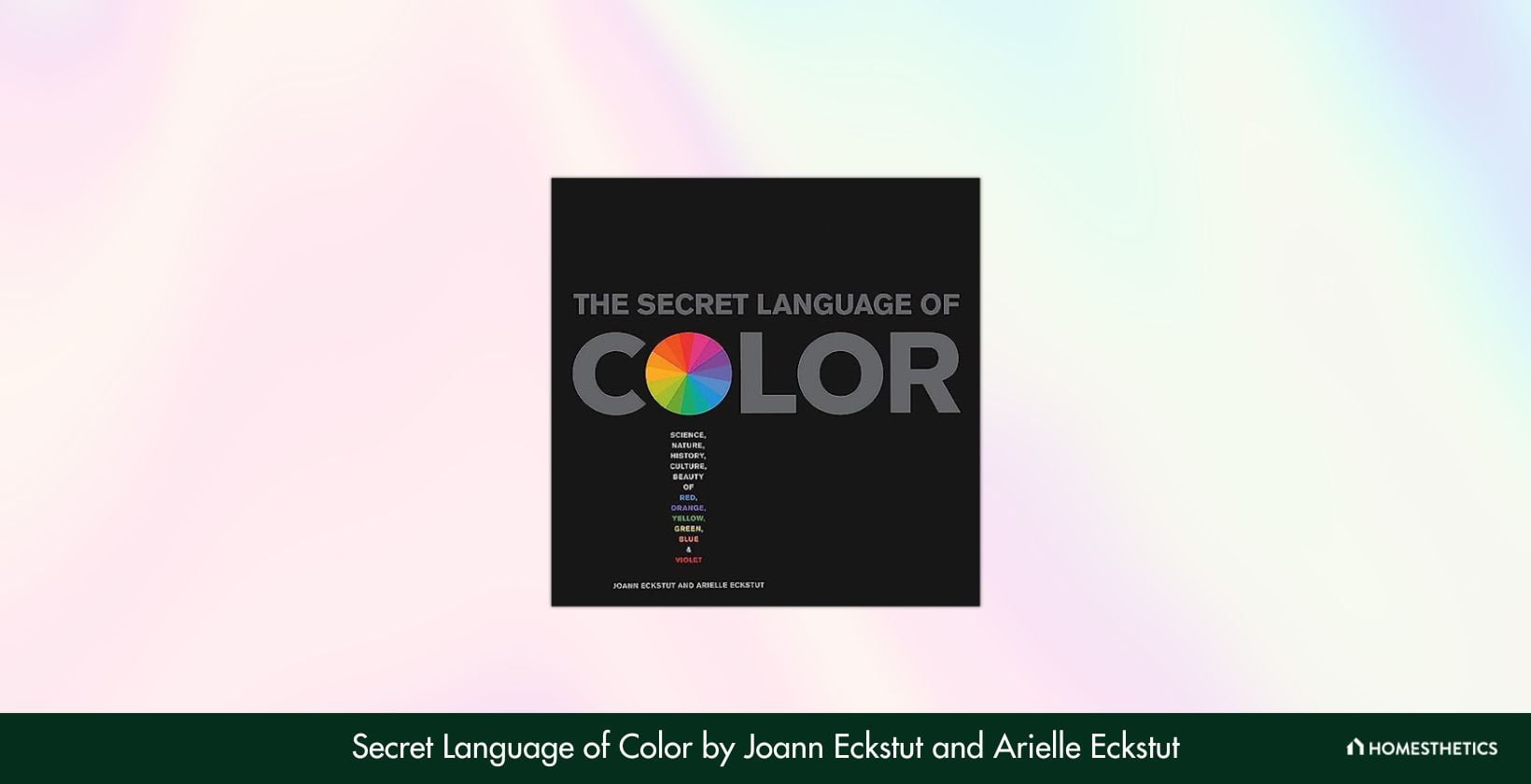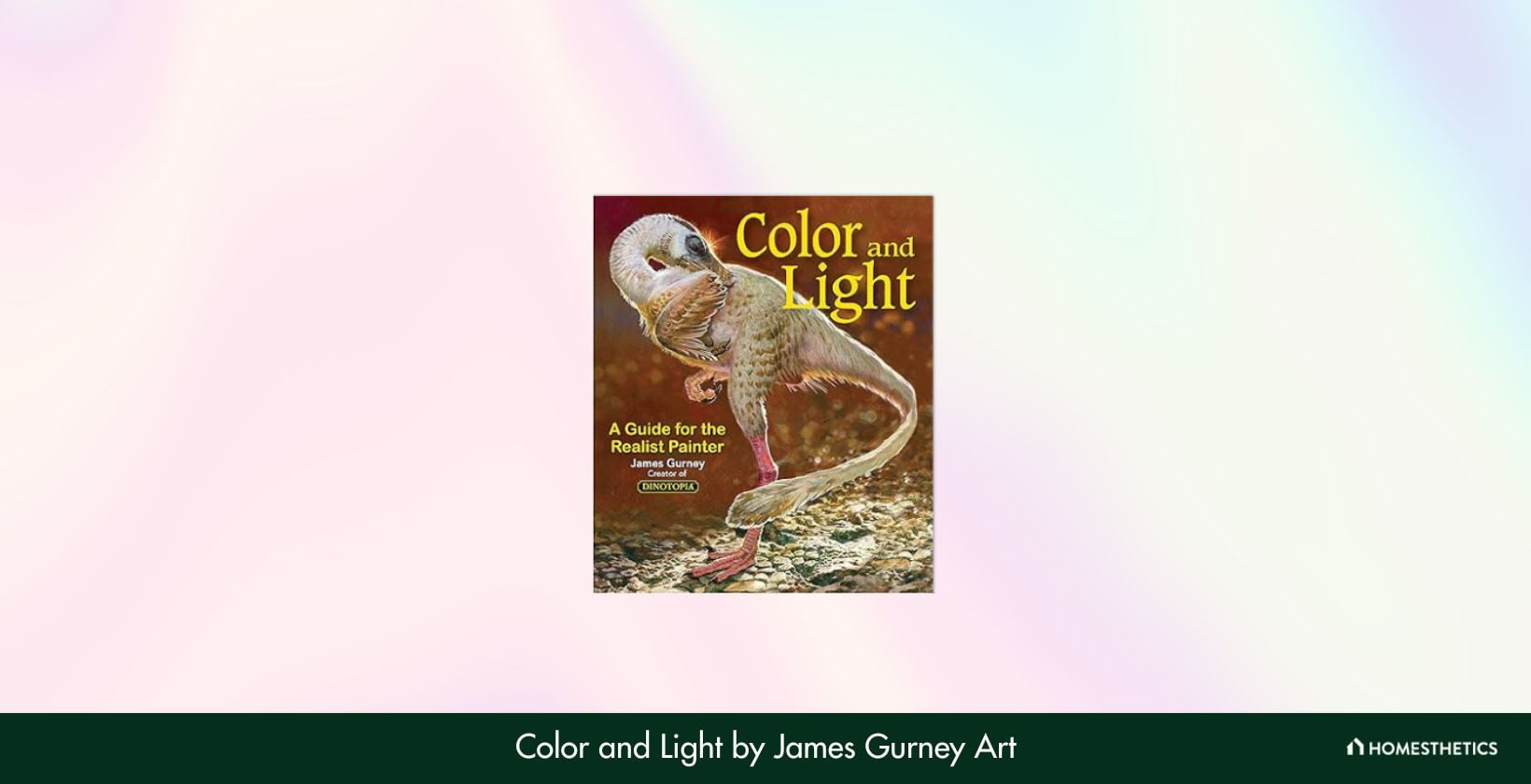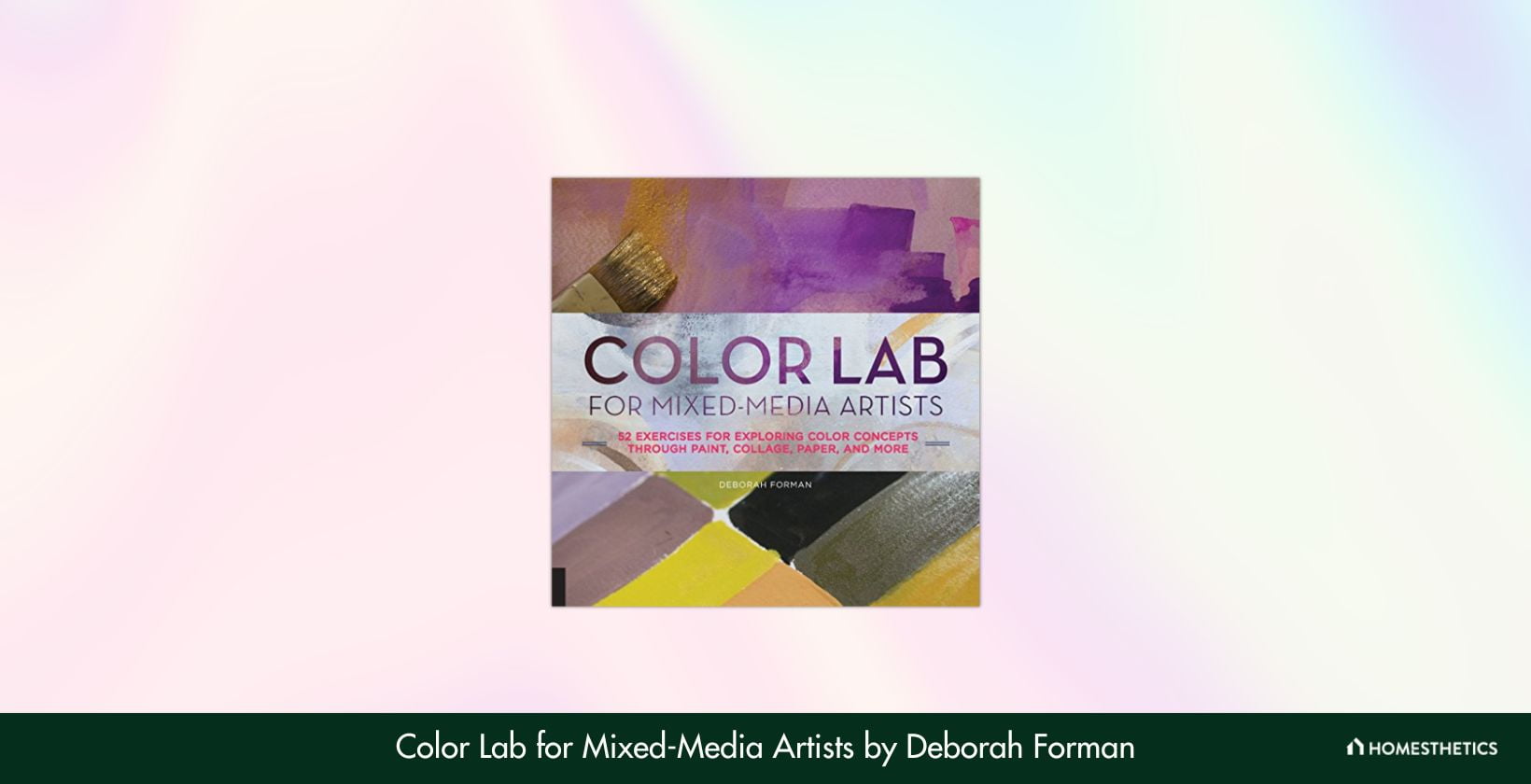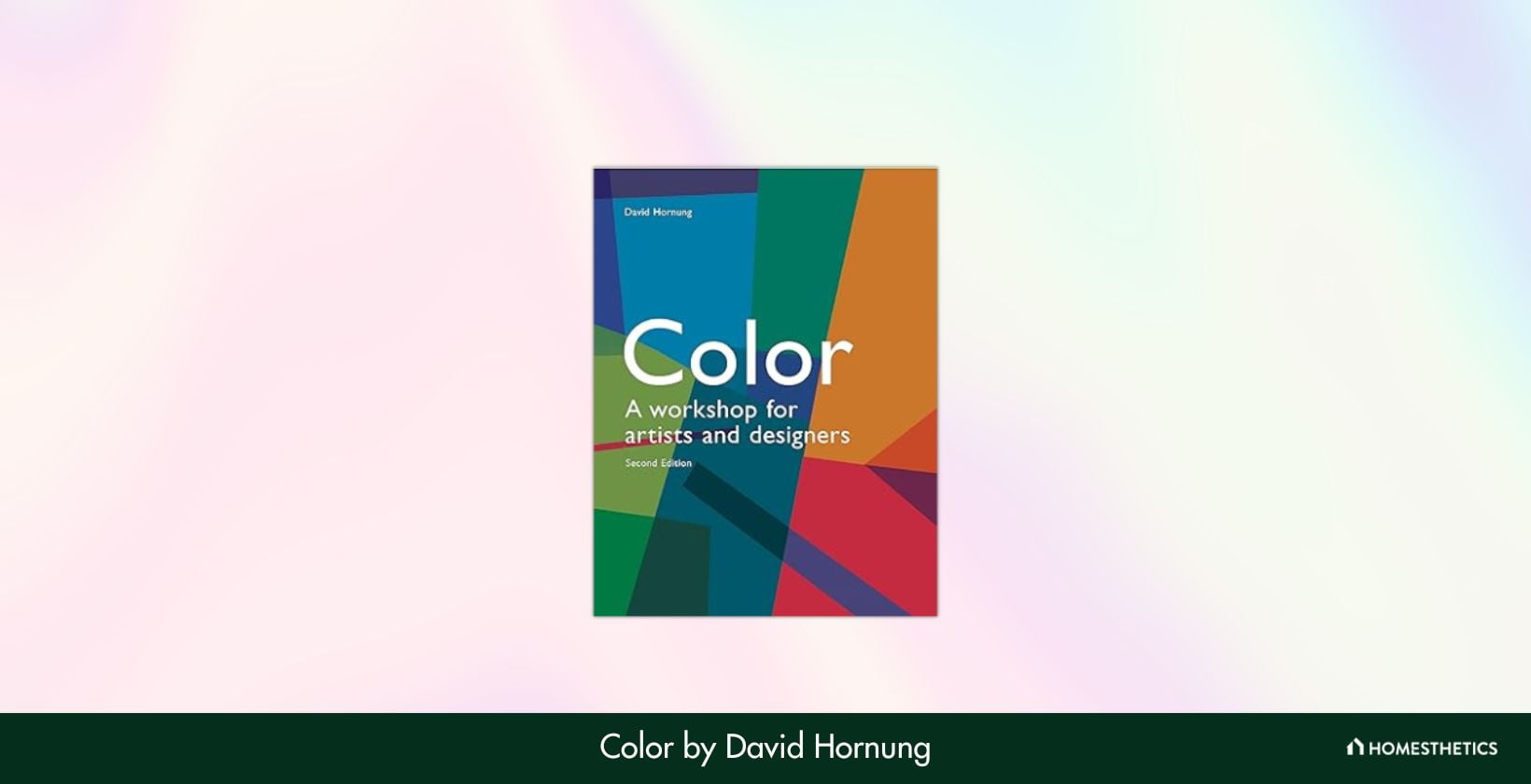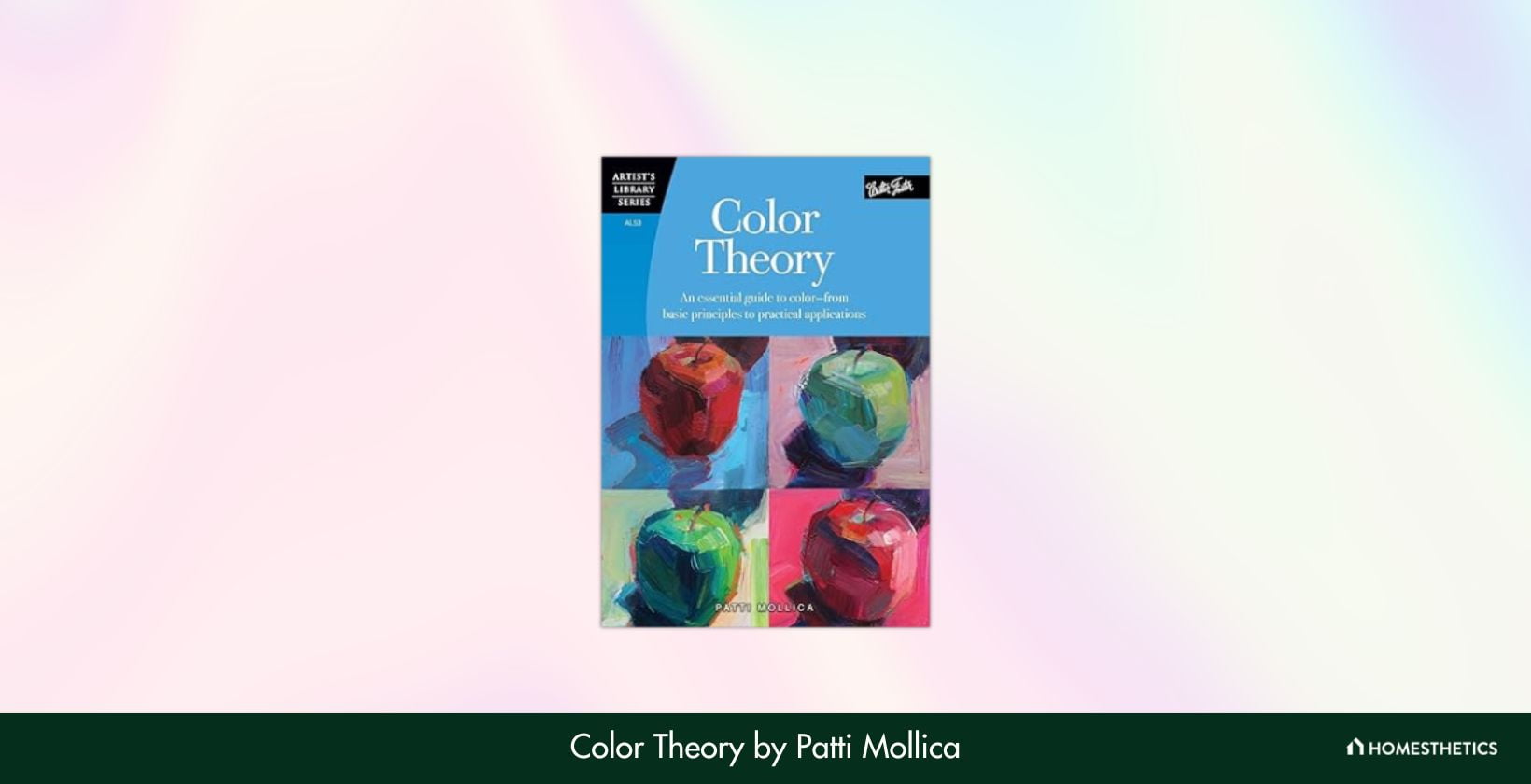 Reviewed by
Anton Giuroiu
Reviewed by
Anton Giuroiu
If you’re a colorist and illustrator, then the first thing that you have to learn is probably the “color theory” of things. And if you’re still not acquainted with the term, then you might be wondering why is it so vital for every artist to know and get right.

So, what is color theory exactly?
Color theory is the fundamental set of rules, concepts, and guidelines that are important for understanding the relationship between colors and how they communicate with each other on a particular medium. Color theory and management will teach you how to create the very foundation for your color work and help you achieve perfect color-consistencies for your art.
Color adjustments, which are also an integral part of color theory, will help you change the elements of the color scheme or rectify any error that might have occurred.
Although there are many online tutorials and content that could help you understand color theory and its many essential aspects, having a useful guidebook at hand is always the better option!
And if you’re looking for just the thing, then we have laid it all bare about some of the best color theory books in our following read!
Here is the list of the 11 best color theory books to help you understand the fundamentals of color and its applications in various contexts.
1. Color Choices - Best for Comprehensive Learning
Color Choices, authored by Stephen Quiller is one book that actually goes the mile that you understand the concept of the “color theory” in vivid details in such a fascinating way that will keep you glued to its pages and interested enough to learn all about color schemes.
The book takes a very serious, well, “not-so-entertaining” concept of something that was very serious and important, and makes it so much more captivating to the readers.
The book concentrates on “color senses” and teaches you how exactly to construct your own scheme and repository of colors that you are most comfortable using and develop newer levels with different colors from there. It educates you about lights, mid-tones, darks, and shadows and how they should come together as a single, cohesive unit to yield the desired result.
So, what the book helps you with is first understanding which colors actually work together and how you’re supposed to coordinate them in a sequence. This is the first step to getting just the correct outcome in a piece of artwork.
In the 144 pages of the book, you’ll get the fundamental rules of locating the colors that could work together for every type of artwork and building a usable palette from scratch.
The more you understand the color wheel and practice, the more you’ll get at developing your own techniques for putting those masterstrokes on your pieces. All in all, it is a great book for beginners and professionals alike!
2. Color by Betty Edwards - Best for Time-Efficient Learning
The book, “Colors” that’s written by Betty Edwards brings in a mini-course in the basics of understanding, coordinating, and mixing colors in a mini-course that saves you a lot of time and effort which you might have had to invest in an extensive course otherwise.
Consisting of more than 220 pages, the book serves as a quick and very economical guide for painters of all levels of expertise and proficiency. It teaches you how to use your quick wit and understanding of the mechanism of colors to mix any color on the color wheel.
The language of the content in the book is amazingly lucid and uncomplicated which makes it easy for anyone and everyone to decode the formulas, making it an ideal companion for beginners and casual painters.
The book primarily focuses on traditional modes and mediums of paintings providing essential tips on the use of brushes, palettes, papers, etc., and is not that inclined towards digital art. However, once you understand the color scheme, you can easily transition to whatever medium you wish for as the fundamental rules will be the same for all.
3. Confident Color - Best for Beginner Artists
Composed and written by artist and author Nita Leland, “Confident Color” explicates the artist’s understanding and knowledge about natural color selection and color coordination.
She uses her innate knowledge and logic to decode the workings of each and every color on the wheel and to lay the basics down for you in an utterly comprehensible format. The book helps you to develop an idea of what could be the best option for artwork and also about the interaction of colors amongst themselves on paper.
The greatest thing that the book does is it allows you to discard the frustrating guesswork of figuring out the complementary colors on the pallet so that you can confidently go ahead with the right colors for your artwork.
This makes it incredibly useful for all beginners at art and painters at heart!
This spiral-bound book consists of more than 80 workbook exercises and printed tutorials from around 50 artists showcasing their personal styles in working with colors and offering tips, tricks, and suggestions regarding the use of various colors.
Overall, it is indeed a great book for all and covers great content for the price it comes at.
4. Interaction of Colors - Best for Professionals & Intermediates
Interaction of Colors by Josef Albers is one of the brilliant classics, considered one of the best ones when it comes to explaining the theories and mechanisms of colors. The approach of the book in defining things is comparatively old-school, and the book itself is a few decades old. But, having said that, its seniority in the art book department only makes it a tried and tested, reliable guide on color theory.
It is a staple for almost all graphics designing classrooms as the book largely applies to all mediums of art and paintwork. One of the things this book does is offer a detailed insight into some really vital aspects that may or may not be discussed in regular art books. These are immensely important for all those who are just starting out in the field.
These include subjects and sub-topics such as color boundaries, color intensities, casual gradation, and juxtaposition of hues.
This is an immensely helpful reference book that you could always keep at hand while working on your project and yet find something new and useful every time you go through it.
The author explains his theories and understanding of the color scheme and how certain colors can affect our perception based on the complementary colors nearby. This is a complex topic in art and requires every artist to understand it thoroughly.
Rather than being simple and consisting of easy sub-topics on color theory, this book provides a mature take on some of the more complicated and severe aspects of the subject. This makes it ideal for professionals and intermediates who want to improve their color selection skills. However, it could be a bit tricky for beginners to grasp.
5. Making Color Sing - Best for Practice & Skill Development
And if you’re looking for a detailed workbook that enables you to thoroughly practice your techniques and perfect your style, then Making Color Sing is one book you shouldn’t miss out on. It is such an incredibly awesome guide to have at hand that emphasizes the importance and role of frequently practicing your strokes and knowledge of the color scheme.
The book packs in more than 30 different exercises that teach you how to mix colors and why certain colors work better together than others. What you have to know is that no color exists by itself, but is always in the VIBGYOR color spectrum. All painted expressions are the results of an ideal combination and interaction between colors that reflect the subtle relationships between the shades. The book teaches you how to achieve and maintain a clean composition at all times in artwork.
The most important thing that this book does is develop an intuitive sense regarding color schemes for its readers so that they can acquire an eye for locating the right colors and synchronizing them in the correct sequence on an artwork.
By practicing with the book regularly, you could develop an intrinsic sense of knowing about the interaction of colors amongst each other and know which group of colors would ideally respond amongst themselves in order to yield stunning results on the canvas.
This book will especially be useful for intermediates and advanced artists who already have the fundamental knowledge of colors and have had some experience, in honing their skills. However, beginners might find this a tad bit tough to follow through.
6. Exploring Color Workshop
Exploration is the first step of evolution and progression and is as vital in life as the things that inspire you the most. “Exploring Color Workshop” is a book that teaches you the fundamental concept and importance of exploring the vast repertoire of colors. This one is an age-old classic that has been there for decades and maintains a strict, traditional approach to explaining the numerous concepts of art.
Exploring Color Exploration is a book that shows you how color theory works beyond a single medium and how the different colors work with each other yielding a magnificent painting.
But the best thing about this book is that it comes loaded with 70 different exercises and 8 specific and detailed, step-by-step tutorials that you can do anywhere.
This also helps you to develop your personal strokes and techniques, so that you understand what would work for you and what not.
Although there isn’t any singular approach for creating the “best” palette for painting, you could create a suitable palette for every kind of expression that you want to create once you understand the basic rules and guidelines of color theory.
7. Secret Language of Color
The enigma behind the color wheel is exactly what makes it challenging to understand. However, the “Secret Language of Color” delves deeper into the mysterious world of colors and the apparently “limited” visible spectrum!
It analyses the way different colors affect our visual perception and interact with each other.
This is a book that almost comes across as a cosmic study of colors, emphasizing the physics and scientific aspects of color mechanisms.
The book also brings a lot of cultural anecdotes on the subject as well as psychological profiles that study color interaction in meticulous detail.
The book discusses the symbolic as well as the figurative relationship between colors, lights, and shadows, engaging the reader's attention toward the subject of the fundamental association between these elements.
These will assist you in developing a perspective while painting and gauging the ideal combination for your palette intuitively.
The “Secret Language of Color” is indeed one of those books that put forth a very scientific approach towards color appreciation. It can bring about a radical change in your perspective and perception towards color and make you see a painting in an entirely different light.
8. Color and Light
Author and creator of Dinotopia, James Gurney charts the effects of colors and their communications on natural objects, scapes, and imaginary creatures. The book consists of more than 200 pages dedicated to the study of the influence of colors on imaginative creations. It is also a common guidebook for all aspiring fantasy artists.
All of the pages consist of advanced tips and tricks that help you to compose the desired form using just the correct selection of colors. It is indeed considered to be a staple for all categories of imaginary creations.
Painting imaginary forms is unquestionably one of the most difficult feats to achieve for obvious reasons. What this book does is that it teaches you to look at the forms, shapes, and structures at a definitive angle and then think about what colors will complement these shapes.
Although the color scheme might seem pretty difficult to get right when it comes to creating something entirely imaginary bearing no resemblance to the familiar molds and frames, this book can really help you in conceiving an idea using the fundamental rules of creating an otherworldly being from scratch.
It could be an immensely useful guide for every entertainment artist. Be it concept art or any aspect of the visual development front, this book is truly an incredible guide for tickling that imagination!
9. Color Lab for Mixed-Media Artists
Authored by Deborah Forman, “Color Lab for Mixed-Media Artists” makes an in-depth study of the entire field of mixed-media art and its relationship with painting. It analyzes the way mixed media applies to painting and the resultant effects that are achieved from the combination.
The greatest benefit of this is that this book teaches you all the techniques and ways you can work up an ideal color pallet for literally any sort of medium that you choose. The book focuses on color selection and mixing techniques that lay the foundation for any great art.
One of the best things about the book is that it is composed in a marvelously simplistic and comprehensible way. Each chapter of this book deals with a different color, providing numerous recipes, tips, and tricks for mixing color palettes.
The book could be considered more of a mixing guide than a theoretical one or one that concentrates solely on painting. This gives you a flavor of the many different avenues you could head at with your knowledge of colors and the perfect particular area that suits you the best!
And if you’re a traditional artist, then you would find this guide to be amazingly useful for getting a thorough knowledge of all sorts of mixed media artwork. The book comes with loads of brilliant color schemes, and once you learn from this book, you can easily replicate these color schemes for any sort of project.
10. Color: A Workshop For Artists and Designers
This is a practical guidebook that strives to explain the connection between generic color theory and the practical application of colors in art. Written by David Hornung, the “Color: A Workshop For Artists and Designers” comes with 168 pages splattered with a ton of brilliantly colored examples of all sorts of artworks that are done using so many different color schemes and that too in varying degrees of light and shade.
Each of these examples helps you to get an idea about the mechanisms of the color schemes. It gives you an insight into the basic process of association between complementary colors. It also helps you to develop a keen sense of color selection and to understand why a certain pattern or layout stands out from the rest.
The book provides a wide scope for studying such color schemes by offering numerous exercises with theoretical lessons in each chapter. The final chapter of the book deals with color studies on computer studies which serve as a brilliant guide for digital artists everywhere. All in all, this book has a little bit of everything for all kinds of artists who deal extensively with colors. Whether you’re an illustrator, a traditional painter, a concept artist, or a comic artist, this book will help you sharpen your skills by providing the principle rules of color theory.
11. Color Theory
The “Color Theory” is a book by Patti Mollica that looks extensively into the workings of the colors in relation to light and shade on a medium. The book deals with the psychological aspect of colors dealing looking at color selections and mixing in from a very clinical perspective.
Yet, it still offers a beautiful, uncomplicated language that makes it really easy for beginners to grasp. It doesn’t prevail long on any specific medium, and thus, the guidelines could be used in digital art as well.
Apart from paints, pigments, and colors in general, the book extensively discusses the tone, mood, and temperatures of colors, and how are they affected by varying degrees of light and shade.
Overall, “Color Theory” gives you the basic knowledge behind the psychology of colors and how exactly they behave under different situations.
What is the Best Color Theory Book for Artists?
This table presents a concise comparison of notable color theory books, including details on the author, availability in different formats (Hardcover, Paperback, Kindle, and Audible), and color options provided.
| Book | Author | Hardcover | Paperback | Kindle | Audible |
|---|---|---|---|---|---|
| Color Choices | Stephen Quiller | Yes | Yes | No | No |
| Color | Betty Edwards | Yes | Yes | Yes | No |
| Confident Color | Nita Leland | Yes | No | No | No |
| Interaction of Colors | Josef Albers | No | Yes | Yes | No |
| Making Color Sing | Jeanne Dobie | Yes | Yes | No | No |
| Exploring Color Workshop | Nita Leland | No | Yes | No | No |
| Secret Language of Color | Joann Eckstut, Arielle Eckstut | Yes | Yes | No | No |
| Color and Light | James Gurney | No | Yes | No | No |
| Color Lab for Mixed-Media Artists | Deborah Forman | No | No | Yes | No |
| Color: A Workshop For Artists and Designers | David Hornung | No | Yes | No | No |
| Color Theory | Patti Mollica | No | Yes | No | No |
Why is color theory important for artists and designers?
Color theory is important because it helps artists and designers to create aesthetically pleasing and visually harmonious works. It provides a scientific foundation for selecting and combining colors that work well together.
Which color theory book is best for beginner artists?
The best color theory book for beginner artists is "Confident Color: An Artist’s Guide To Harmony, Contrast And Unity" by Nita Leland.
What is the best color theory book for professionals and intermediates?
The best color theory book for professionals and intermediates is "Interaction of Color: 50th Anniversary Edition" by Josef Albers.
As we come to the end of our journey through the world of color theory books, it becomes evident that choosing the right book can make all the difference in shaping an artist's mastery over colors.
From the above 11 best color theory books, here are the top three expert recommendations:
For artists seeking a comprehensive understanding of color theory, Color Choices: Making Color Sense Out of Color Theory by Stephen Quiller is an ideal option. This book delves into captivation explanations, helping you build your own color schemes and educate yourself on various aspects like lights, mid-tones, darks, and shadows.
For individuals with limited time who want to quickly grasp the basics of colors, Color by Betty Edwards: A Course in Mastering the Art of Mixing Colors is a good option. With easy-to-understand language and a focus on traditional painting methods, this book suits beginners and casual painters alike.
Finally, for beginner artists searching for a helpful guide on color selection, Confident Color: An Artist's Guide To Harmony, Contrast, And Unity by Nita Leland is the right choice. It helps eliminate the guesswork of figuring out complementary colors and features more than 80 workbook exercises and expert advice from numerous artists.
Armed with expert recommendations, you can now choose the book that best meets your needs and witness your artistic skills flourish. Happy painting!

